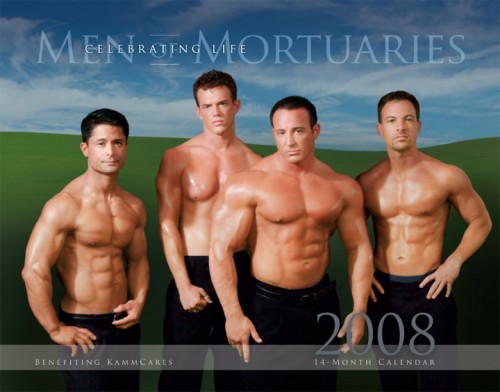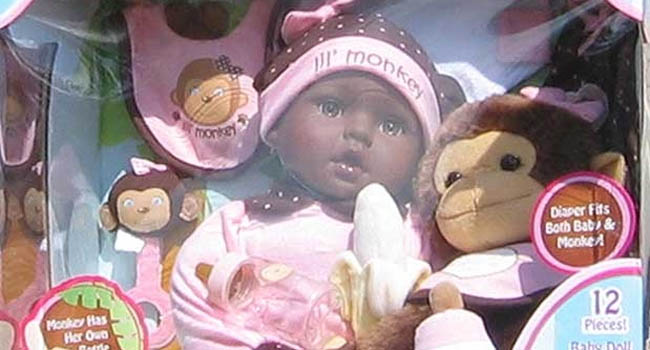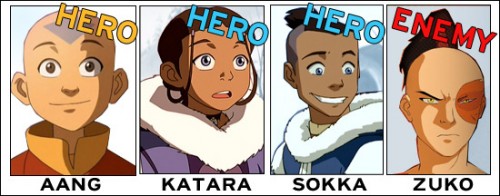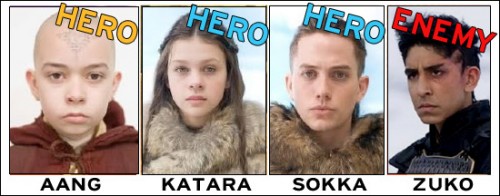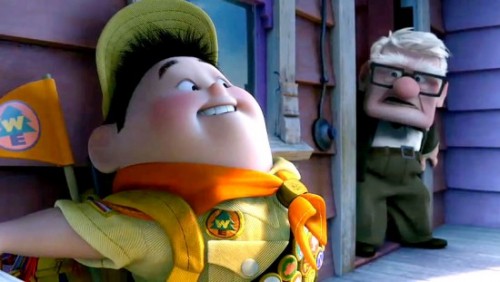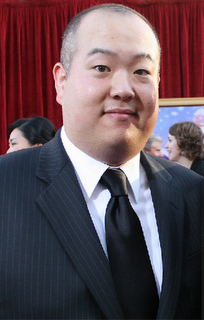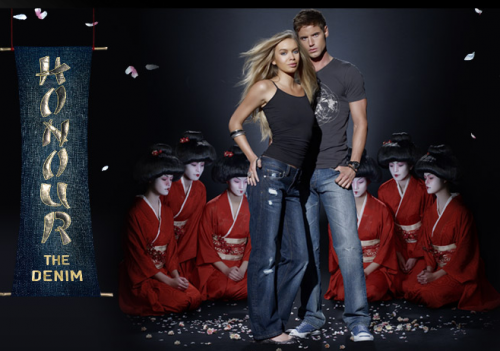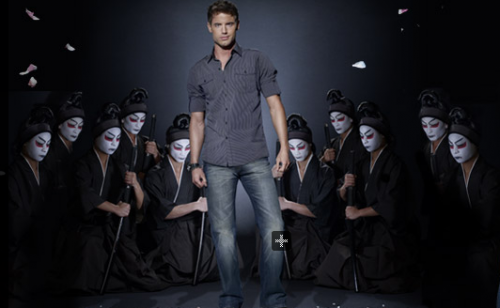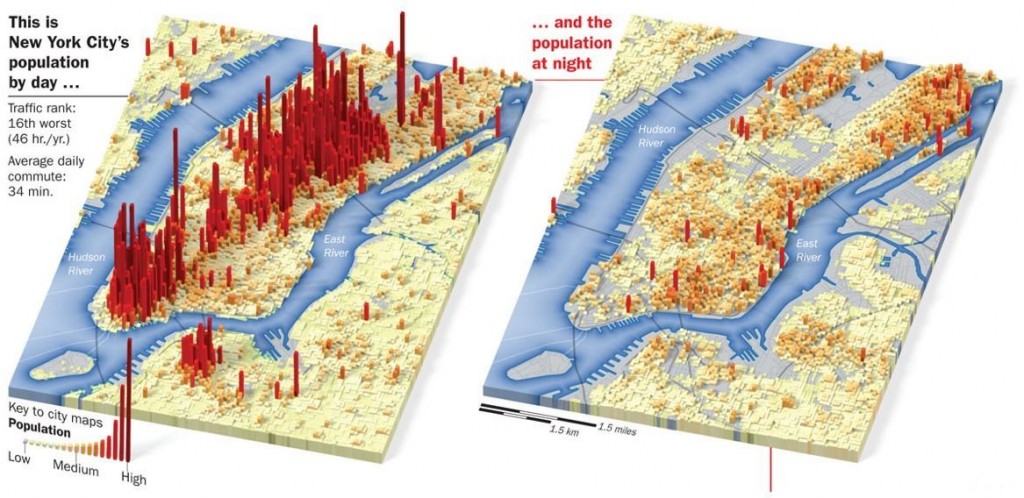Cross-posted at Anglofille.

The Reclusive Leftist wonders why George Sodini’s mass murder of women in an aerobics class in Pennsylvania last week is not receiving more news coverage. And also, why is the crime not being referred to as a hate crime?
If I want to read about the Pennsylvania shooting, I have to search for it. This evening I typed “George Sodini” (the murderer’s name) into the Google News search box. The stories that came up told me that Sodini was lonely; that he felt rejected by women; that he led a sad, bitter life; that he hadn’t had sex in years; that he longed for women to notice him. Well, isn’t that special.
I looked for the words “hate crime,” but only Ms. Magazine is referring to it that way. Good for them…But Ms. Magazine appears to be alone in its assessment. I can’t find any other media outlets calling the massacre a hate crime. If spraying bullets into a group of female strangers because you hate women isn’t a hate crime, what is?
Her conclusion, which I agree with, is that hatred of women is considered “natural and universal” and so we don’t even give it a thought.
In his NYT column, Bob Herbert nails it. He refers to another mass murder of females in Pennsylvania, when in the autumn of 2006 a man went into an Amish school, separated the girls from the boys, then shot all the girls. Herbert writes:
I wrote, at the time, that there would have been thunderous outrage if someone had separated potential victims by race or religion and then shot, say, only the blacks, or only the whites, or only the Jews. But if you shoot only the girls or only the women — not so much of an uproar…We have become so accustomed to living in a society saturated with misogyny that the barbaric treatment of women and girls has come to be more or less expected. We profess to being shocked at one or another of these outlandish crimes, but the shock wears off quickly in an environment in which the rape, murder and humiliation of females is not only a staple of the news, but an important cornerstone of the nation’s entertainment. The mainstream culture is filled with the most gruesome forms of misogyny, and pornography is now a multibillion-dollar industry — much of it controlled by mainstream U.S. corporations.
Sadly, Bob Herbert is in the extreme minority with his coverage of the Sodini story. Instead, for most of the media, Sodini himself is the real victim – a victim of women. This Boston Globe editorial is a perfect example. According to the Globe, Sodini fits the “typical profile of an American psychopath: He was a loner who lamented his failure with women. His online diary was filled with fury over his sexual frustrations – claiming at one point to have been rejected by ‘30 million’ women. There are, of course, millions of frustrated men who don’t open fire on innocent civilians, so there’s a danger in making too much of his loser profile.”
Sodini is first described as a “psychopath” by the Globe but then by the end of the passage he’s just one of “millions of frustrated men” who are rejected by women. What is implied here is that while most rejected men don’t commit mass murder, it’s understandable why George Sodini – or any man – could snap. He was lonely! Them bitches rejected him! Sodini, a psychopathic multiple murderer, is merely a victim of selfish, shallow females.
Imagine that instead of hating women, George Sodini hated and murdered Jews. Imagine the Boston Globe writing this: “George Sodini tried to befriend many of the Jews in his town, but they rejected him. Last week, he went down to the local synagogue and sprayed bullets everywhere. There are, of course, millions of people around the world who are frustrated by Jews, but most of them don’t actually go out and kill, so there’s a danger of making too much of the fact that Jewish people had rejected Sodini in the past.”
This would be outrageous, of course. Any attempt to rationalize murderous behavior and hatred like this is indefensible. Yet female victims, when targeted because of their femaleness, aren’t accorded this kind of dignity and respect. Instead, women are blamed.
I should point out that the main focus of the Globe’s editorial on Sodini is his racist blog posts against Obama. A lot of other media have also made this the focus of the story, making racist blog posts against Obama equal in significance to mass murder of females. Because, you know, the Obama angle is more interesting and, let’s face it, more important.
The coverage of this case is, across the board, sickening. Here are a few headlines:
The Huffington Post
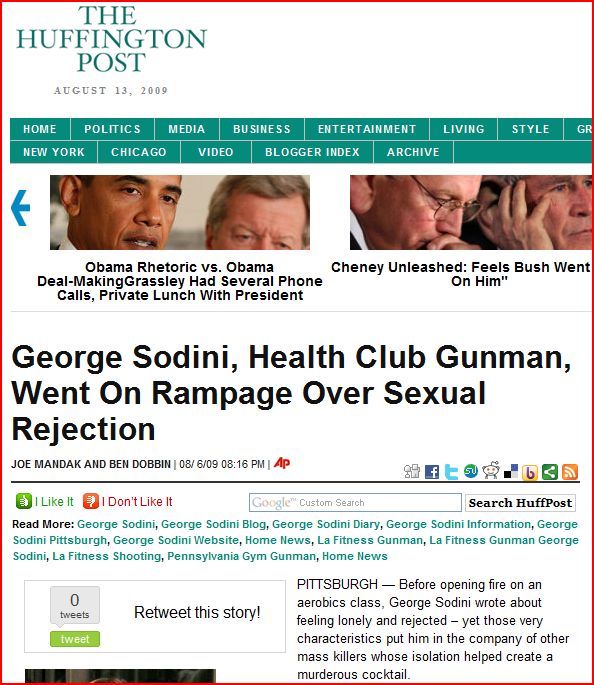
The Telegraph U.K.
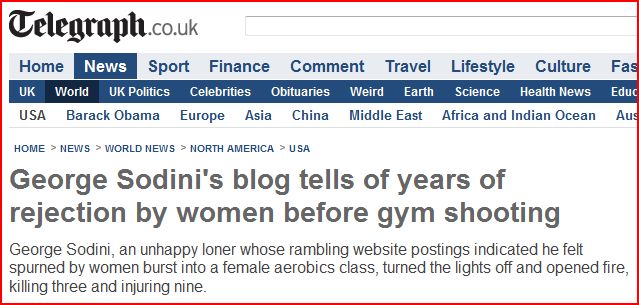
Associated Press (via Yahoo News)
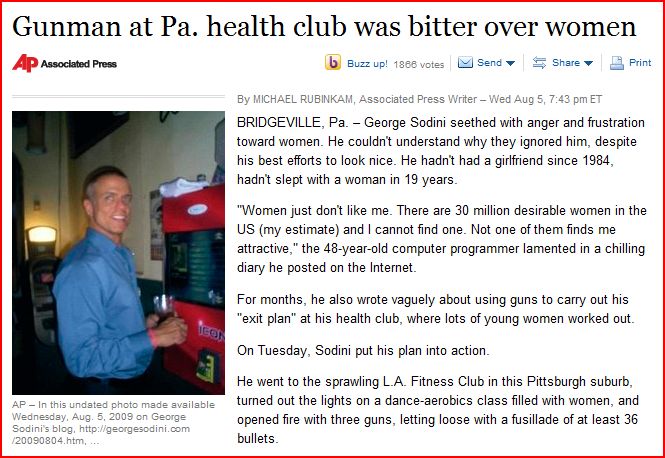
The Times

Pittsburgh Tribune-Review
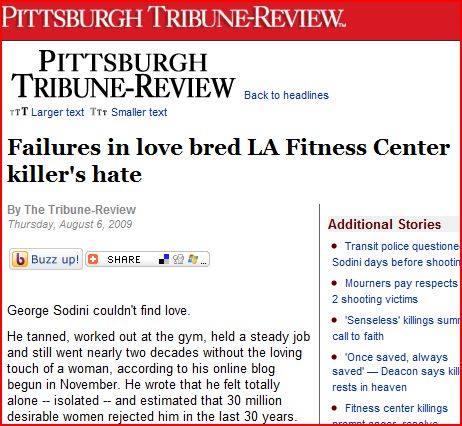
And the list goes on. In each case, we see that Sodini is the victim. Nowhere do we see a headline like this: Misogynist Commits Mass Murder or Three Women Murdered in Hate Crime. The articles are clear that Sodini hated women, which of course he did, but for the media, if Sodini hated women, then there must be a reason for it. A good reason. If George Sodini, a proven racist, had murdered African-Americans simply because of their race, would we be asking why George Sodini hated African-Americans? No, because what possible legitimate reason could he have? There isn’t one. He’s a racist asshole and that’s the end of it. But apparently, there are legitimate reasons to hate all women. The articles try to explain, in rational terms, why Sodini hated women, thus making his rampage seem like the next logical step given his mental instability. If women hadn’t deprived him of sex, none of this would have happened.
Here’s the opening of the story from the last headline above, from the Pittsburgh Tribune-Review:
“George Sodini couldn’t find love. He tanned, worked out at the gym, held a steady job and still went nearly two decades without the loving touch of a woman, according to his online blog begun in November. He wrote that he felt totally alone — isolated — and estimated that 30 million desirable women rejected him in the last 30 years. Enraged, he hatched a heinous plan to make some of those pretty young women pay for his misery. The price would be their lives.”
This is just sick. It’s beyond sick. It reaches new levels of vileness. You’ll notice that this, like a lot of the other coverage, is not written as a news report, but almost as entertainment. Whoever wrote this seems to be taking some vicarious pleasure in the actions of Sodini.
Sodini worked out “and still went nearly two decades without the loving touch of a woman” [italics mine]. Poor George. He did everything right, yet these cruel women rejected him. What’s wrong with women? When confronted with a vicious, hate-filled psychopath, they just ran in the other direction, without even considering his good qualities at all. Typical!
For a moment, just imagine if George Sodini had had a girlfriend. There can be virtually no doubt that she would have been physically and emotionally abused during the relationship, because George Sodini hated women. If the woman had tried to escape from him, she would have been stalked and likely murdered. And after he killed her, he would have probably committed a mass murder of women anyway. The headline: Heartbroken Man Goes on Rampage After Being Dumped.
The real story here is not lonely men (there are plenty of lonely women as well), but instead, the real story is male violence against women and girls, which occurs every second of every day in the form of domestic abuse, molestation, harassment, rape and murder. There is no rational, legitimate reason for this hatred of women, yet it is widespread in our culture and everyday, women die as a result. Writes Herbert:
Life in the United States is mind-bogglingly violent. But we should take particular notice of the staggering amounts of violence brought down on the nation’s women and girls each and every day for no other reason than who they are. They are attacked because they are female. A girl or woman somewhere in the U.S. is sexually assaulted every couple of minutes or so. The number of seriously battered wives and girlfriends is far beyond the ability of any agency to count. There were so many sexual attacks against women in the armed forces that the Defense Department had to revise its entire approach to the problem. We would become much more sane, much healthier, as a society if we could bring ourselves to acknowledge that misogyny is a serious and pervasive problem, and that the twisted way so many men feel about women, combined with the absurdly easy availability of guns, is a toxic mix of the most tragic proportions.
This is the conversation we should be having. Instead, the media is legitimizing Sodini’s misogyny and giving him the exact platform he craved – he’s gone out in a blaze of glory, with everyone dissecting his blog posts and commenting on his mistreatment and loneliness.
—————————
Anglofille is the nom de blog of an American ex-pat living in London. She is finishing up a PhD in English and writing a novel with feminist themes. She has previously written for Our Bodies, Ourselves, as well as numerous consumer magazines.
